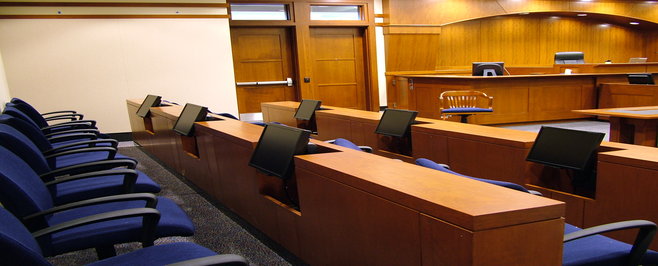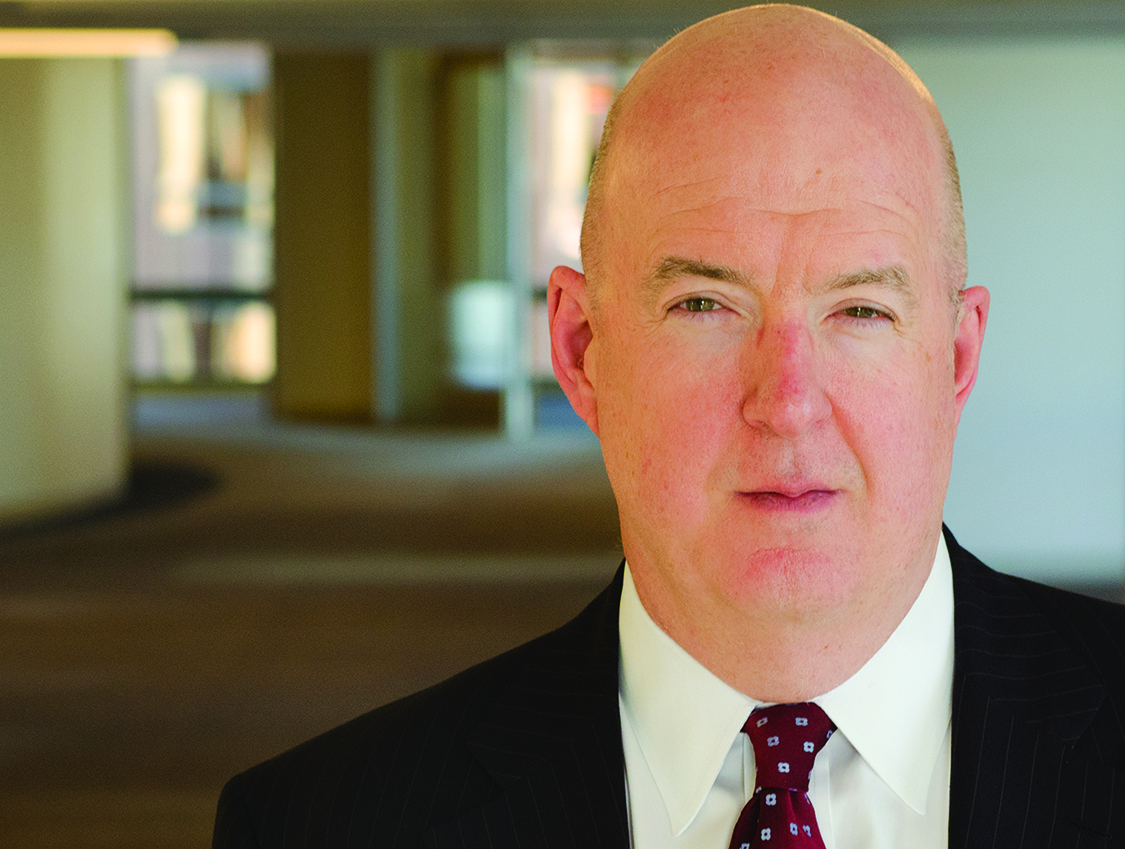Jury Selection Techniques – Your Go To Guide
Every couple of years we hold Jury Selection seminars throughout the country. And every time we do, our speakers provide us with fantastic tips and advice to help attorneys select better juries. Below is a terrific article about Jury Selection, written by Wade Chow, a 25+ year prosector in California.
Wade has spoken at our previous seminars about Jury Selection, as well as our Criminal Defense Boot Camp for Civil Lawyers and Newer Criminal Lawyers, where he received excellent evaluations. We loved working with Wade and we know you’ll find his suggestions invaluable.
Jury Selection – Your Go To Guide:
1. The Problem
Many practitioners conduct ineffective voir dire. One cause is a misplaced fear of eliciting opinions that are harmful to one’s case. A second is an incorrect understanding of the purpose of voir dire. Third, practitioners fear to lose control of the venire, and as a result ask bland, meaningless questions in a manner that is unlikely to yield any helpful information. Finally, practitioners often leave cause challenges on the table because they fail to lock down the expressed bias of a prospective juror.
a. The fear of juror taint
When a prospective juror offers an answer that is harmful to our case, e.g., if we are defending a medical malpractice case, a prospective juror relays a horrible experience with an inept doctor that has significant parallels to the plaintiff’s case, we fear that this information will taint our jury pool or expose weaknesses in our case. As a result, our inclination is to avoid asking questions that might elicit this kind of “harmful” information. We resort to safe, bland questions. When “harmful” answers arise, we are tempted to stifle that juror and stop him or her from elaborating, or we argue with the juror, attempting to educate him or convince him to be fair.
As will be discussed below, this is exactly the opposite of what we should be doing, and we should welcome any opportunity for a bad juror to identify him or herself. The fear of juror taint is overblown. There is no empirical evidence that a prospective juror is likely to change his underlying belief because he or she hears an anecdotal story. For example, if a prospective juror believes that police officers generally try to do their jobs correctly, another juror’s story about being the victim of police brutality is not going to suddenly make the first juror think that a claim of officer misconduct is more likely to be true.
b. The purpose of voir dire
Many attorneys believe that the purpose of voir dire is one or more of the following: 1) to establish rapport; 2) to find out if we like the juror or if the juror likes us; 3) to pre-‐condition the jury. While it may be nice if we accomplish the first two tasks in the course of jury selection, these are not particularly useful goals. First, overtly identifying good jurors for our case only makes the opposing party learn who to eliminate. Second, preconditioning a jury is improper.
c. Control
Most attorneys fear the loss of control that asking an open ended question to a prospective juror can cause. This fear is one of the reasons why the “lecturer method” is so prevalent (i.e., leading questions intended to indoctrinate the jury about the law or facts of the case and establish the attorney’s authority or credibility with the jury). Under this method, the lawyer does 90% of the talking. Unfortunately, lecturing prospective jurors with questions like “can everyone set aside what personal feelings you have about gender discrimination and be a fair and impartial juror?” teaches us very little about the juror’s actual views and possible bias. We want safe and “good” answers, and so we ask bland, meaningless questions that are likely to result in false or aspirational answers.
d. Technical shortcomings
Oftentimes, a trial attorney uncovers the basis for a cause challenge but fails to lock down the record. As a result, the juror will be “rehabilitated” by the judge or opposing counsel. This results in the expenditure of precious peremptory challenges and can make the difference between a good verdict and a bad.
2. The solution
We suggest that there is one true purpose to jury selection, which is to identify jurors who will harm our case and get rid of them. This may be conceptualized as “jury de-‐selection.” The fundamental premise behind this notion is that it is impossible to educate a juror out of a deeply held belief in the time we have available for voir dire.* It follows from this that it is also impossible to rehabilitate a juror who has expressed a bias harmful to our case. Conversely, we have no reason to fear juror taint for the very same reason.
If we accept these premises, we should do our level best to get the prospective jurors talking, and to particularly elicit the most relevant information (“harmful” though it be) from jurors who are bad for our case.
a. The listener approach
From a social theory standpoint, it is important to understand that the approach we take toward a prospective juror materially impacts that juror’s willingness to offer information, particularly when such information may be socially unacceptable (e.g., racial bias) or embarassing.
As noted above, many trial attorneys stand in front of the panel and lecture the jurors (e.g., asking the group “does everyone understand that the plaintiff has the burden of proof at all times, and that I don’t have to put on a case, and that if they fail to meet their burden of proof, you have to vote for my client?”). Most often, the attorney does 90% of the talking. Lecturing usually results in silence and perhaps a few nods. At best, you will get meaningless answers that do not reveal anything about the jurors. If the question has a socially acceptable response, you will often get either a false or aspirational answer because it is awkward and uncomfortable for a biased juror to offer a true answer.
What we advocate is the listener approach. We want to use plain language and ask simple questions. We should never argue with a juror. We should never cut off a juror’s response. The prospective jurors should be doing 90% of the talking, and the attorney should be carefully listening to the answers.
b. Politeness technique
“Politeness theory,” in other words, how we frame our question, is relevant to how willing the juror will be to answer the question. For example, there are many ways to ask a person to shut a window from less to more polite:
Hey, shut the window!
Can you shut the window?
Would you mind shutting the window?
Could you please shut the window?
Jurors feel social pressure to say they can be fair (this is known in social science as Social Desirability Bias). Our task of course is to get the juror to say he or she cannot be fair. Exploiting politeness theory can help us accomplish this.
i. Strategies for overcoming Social Desirability Bias:
– Be aware of the power dynamic (the juror will perceive a power imbalance between us)
– Avoid expressions of disapproval
– Normalize juror perspectives
– Reflect outward (i.e., juror offers answer that is “bad,” we want to ask “Who else feels like juror x?”)
ii. How to “be polite”
We should frame questions in the format “some people think…”
Compare the following:
Who here thinks police officers often use excessive force?
Some people think police officers often use excessive force. Juror X, how do you feel about that? [Follow with: “How many of us agree with Juror X?”]
c. Command Superlative Analogue Technique
This technique may be used to initiate a conversation with a juror that is likely to produce helpful information about whether believes what we need him or her to believe to win the case. It is time consuming and therefore it should be used sparingly.
We want to know how the juror will behave if certain situations arise during the trial or during deliberations. For this reason, we might ask a juror whether he would change his mind just because the majority of jurors were voting the other way is not likely to yield anything more than an aspirational (i.e., how he or she wishes he or she would behave in that situation) or a false answer. We get false or aspirational answers because the juror has not been in that situation before and we are asking him or her to speculate how he or she would act.
Instead, we want to mine the juror for analogous experiences from his or her life that will shed light on what we want to know. This is the best predictor for juror behavior. If the juror tells us about an analogous incident, we will be able to gauge his or her answer and decide how this might affect the juror’s view of the case.
The steps to the Command Superlative Analogue technique:
i. Command (“Tell us”)
ii. Superlative (“about the most serious”)
iii. Analogue (non-‐legal situation)
Examples:
Tell us about the most serious situation you have seen where someone was treated badly because of his race.
Tell me about the person closest to you who has been affected by gender discrimination.
Share with us the most serious time when you or someone close to you was accused of doing something bad that you did not do.
d. How to get a cause challenge: “Run to the bummer” technique
As we discussed above, if we accept that the true and only purpose of voir dire is eliminating bad jurors, we should welcome it when a juror offers an answer that displays actual bias against our cause. When a juror suggests that he has a bias, it is critical to lock down your cause challenge and immunize the juror from rehabilitation. This is true because jurors cannot be rehabilitated (see above: you cannot change a juror’s deeply held belief in the time available for voir dire). If the court rehabilitates your juror, you will have to exercise a peremptory challenge.
One method of locking down a cause challenge is the “run to the bummer” technique developed by public defenders in Colorado.
Steps
1. Mirror juror’s answer:
So you believe that…
– Use juror’s exact language
– Do not paraphrase
– Do not argue
2. Ask an open ended question inviting juror to explain
3. Normalize the idea
Reflect outward to other jurors to get them to acknowledge same idea (“who else among us feels like juror x?”)
Do not be judgmental
4. Leading questions to lock in challenge for cause
a. Reaffirm juror’s position
b. If juror tries to qualify his bias, strip away qualifications and force him into admitting preconceived notion
c. Reaffirm where the juror is not
d. Suggest how bias might provide basis for cause challenge
e. Get juror to agree that his bias will affect ability to serve
f. Immunize from rehabilitation
a. Lock juror in on strength of his views
b. Reassure juror that there is nothing wrong about having views that differ from lawyers, judge, or rules of jury service
* Social science studies tell us that people come to jury duty with strong biases, and that these biases affect how they decide cases even if they honestly believe they will be fair and even if they honestly believe they can set those biases aside. Rehabilitation and curative instructions are therefore meaningless.







